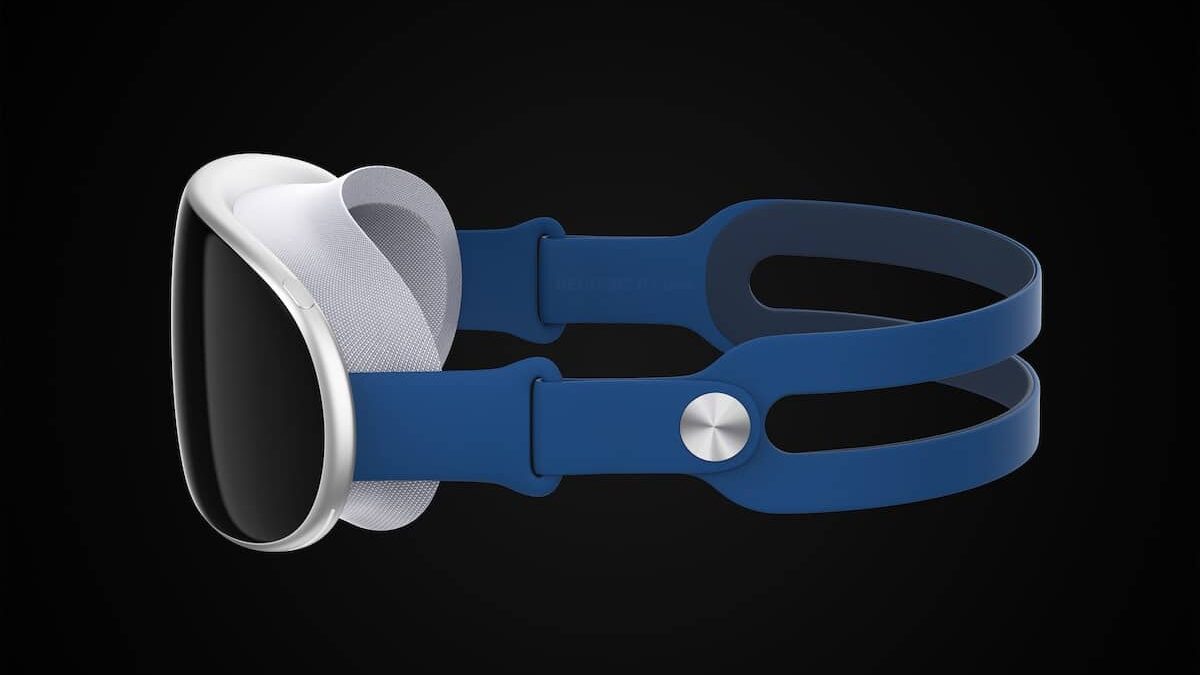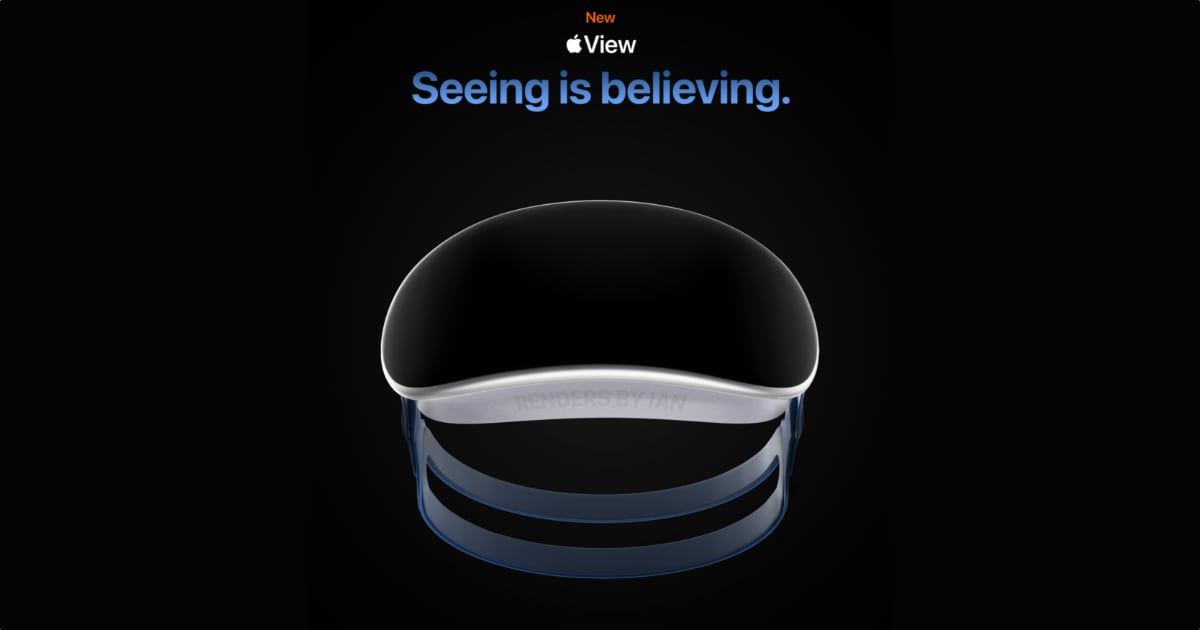Apple is expected to launch a new product category this year, a mixed reality headset with combined augmented reality (AR) and virtual reality (VR) technology. A new report by The Information shares details of its alleged design and functionality like Digital Crown to switch views, waist-mounted battery pack connected to the headset, compatibility with H2 AirPods Pro for privacy, and more.
The report also corroborates previous claims related to Apple’s upcoming mixed reality headsets like featuring 4K micro-OLED interior displays, an exterior display to show users facial expressions, multiple cameras and sensors, LiDAR scanners, and offering the eye-tracking capability to only enable full resolution when the user is looking directly and save power, and ultra-low refresh rate.

H2 chip in mixed reality headset and AirPods Pro support low-latency mode for privacy
The second-generation AirPods Pro, which debuted in September 2022, is powered by the new H2 chip which offers an ultra-low-latency transmission mode. And the new wireless headphones were designed in collaboration with the H2 chip used in the upcoming mixed-reality headset for private communication.
According to the publisher, Apple’s new mixed reality headsets are equipped with built-in speakers but audio could be heard by others standing nearby. Thus, the company may require AirPods with an H2 chip for privacy reasons. It is also speculated that the tech company launches more AirPods with an H2 chip before unveiling its AR/VR headset this year.

The new headset will feature an Apple Watch-like Digital Crown for users to easily and quickly switch views from the virtual world and physical world. However, it will not support Haptic feedback.
Furthermore, the new mixed reality headset would not feature interchangeable headbands as it has been reported earlier. The headset’s headband would house electronic components to power the device which would be connected to its waist-mounted battery pack through a MagSafe-like power cable.
It would not come with gaming controller support because the company has not designed the headset primarily for gaming. Apple has focused on videoconferences as the headset’s main functionality with highly-accurate digital avatars mimicking users’ expressions and body movements.
Previously, it was reported that the headset’s operating system would be called “xrOS”, not realityOS” or “rOS”.